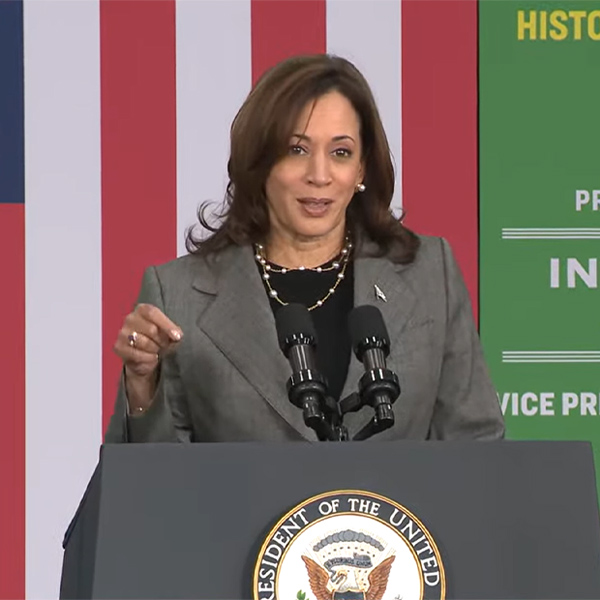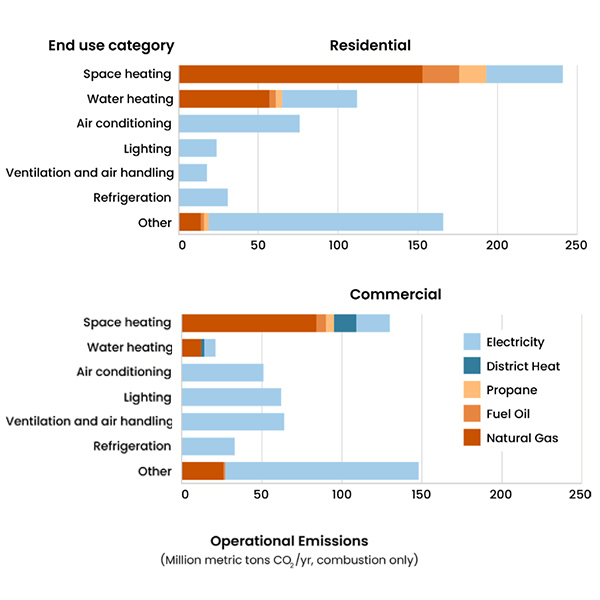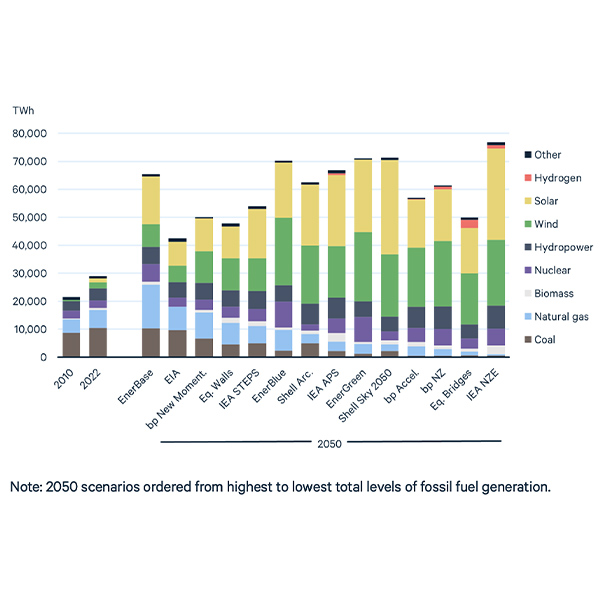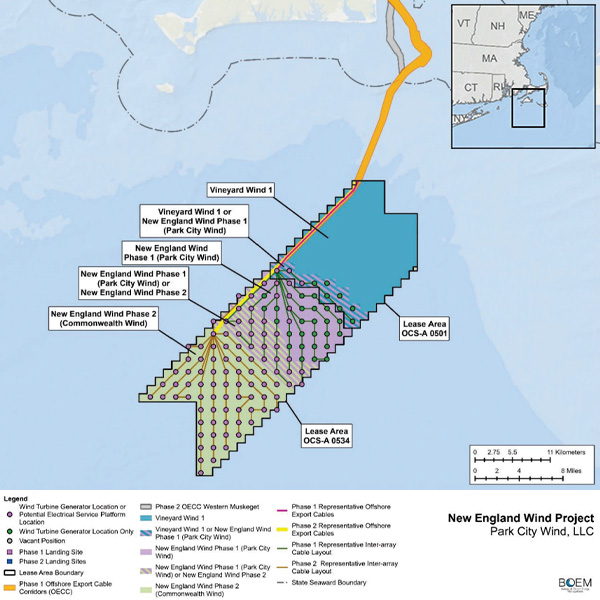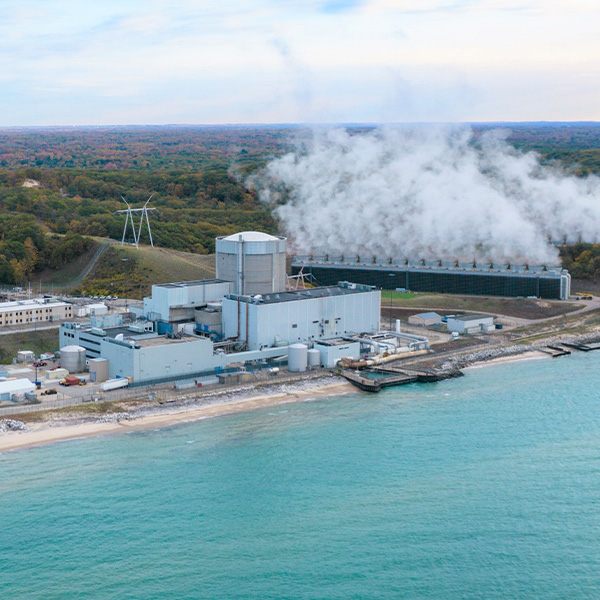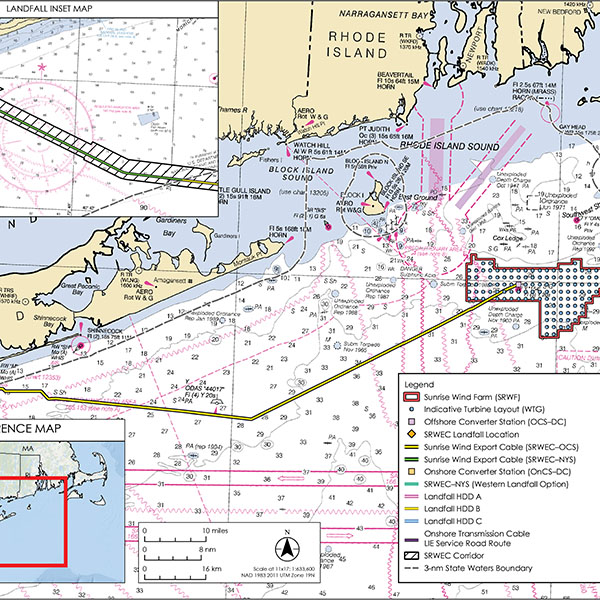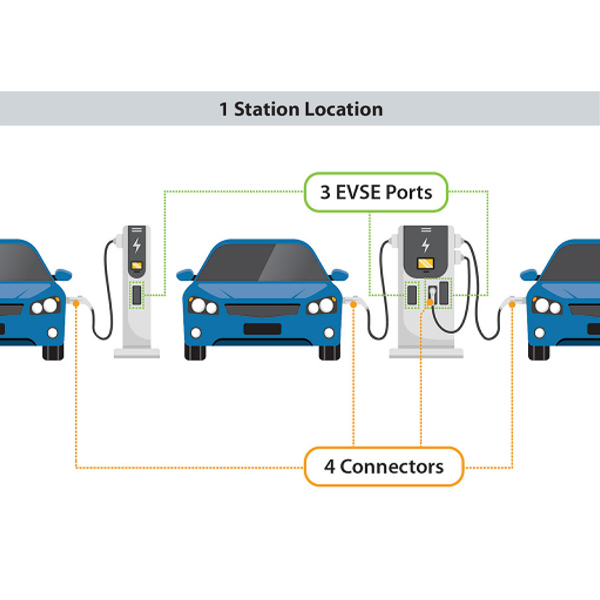Federal Policy
CongressDepartment of EnergyLoan Programs Office (LPO)Department of TransportationEnvironmental Protection AgencyFederal Energy Regulatory CommissionGeneral Services Administration (GSA)Interior DepartmentBureau of Land ManagementBureau of Ocean Energy ManagementNuclear Regulatory CommissionTreasury DepartmentWhite House
EPA announced the eight organizations it has selected to receive grants from its Greenhouse Gas Reduction Fund.
The D.C. Council has approved a bill aimed at electrifying 30,000 low-income homes across the district by 2040, but a fight is brewing over funding for the program.
The Biden administration released a plan to decarbonize the country’s building sector, which it says could reduce emissions in the sector by 65% by 2035 and 90% by 2050.
Many recent projections for energy use have fossil fuel use plateauing after 2030, when it needs to rapidly decline to meet midcentury carbon targets, Resources for the Future said.
BOEM has issued its final Record of Decision ROD approving Avangrid Renewables’ New England Wind project, marking a major milestone for the proposed offshore wind project.
An estimated 72 million Americans, often people of color or with low incomes, live near truck routes that expose them to pollution resulting in higher rates of respiratory and cardiovascular illnesses and premature death.
Michigan’s 800-MW Palisades nuclear power plant could become the first nuclear plant in the U.S. to be restarted, helped by a $1.52 billion loan from DOE’s Loan Programs Office.
While their net-zero emission targets might not kick in until the 2030s, the power industry already is dealing with the issues they create, panelists said at the Electric Power Supply Association’s Competitive Power Summit.
The Bureau of Ocean Energy Management has approved the Sunrise Wind offshore wind farm, a 924-MW project that could power 320,000 New York homes.
The California Energy Commission and Department of Transportation are seeking feedback on a state grant program designed to replace and repair more than 1,300 chargers at 300 sites statewide.
Want more? Advanced Search
